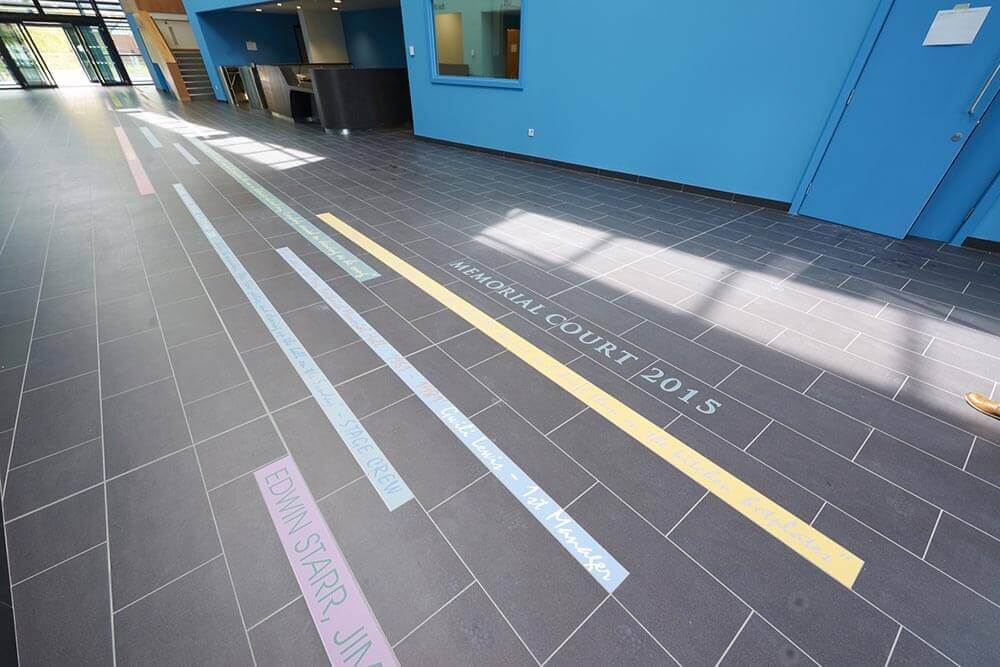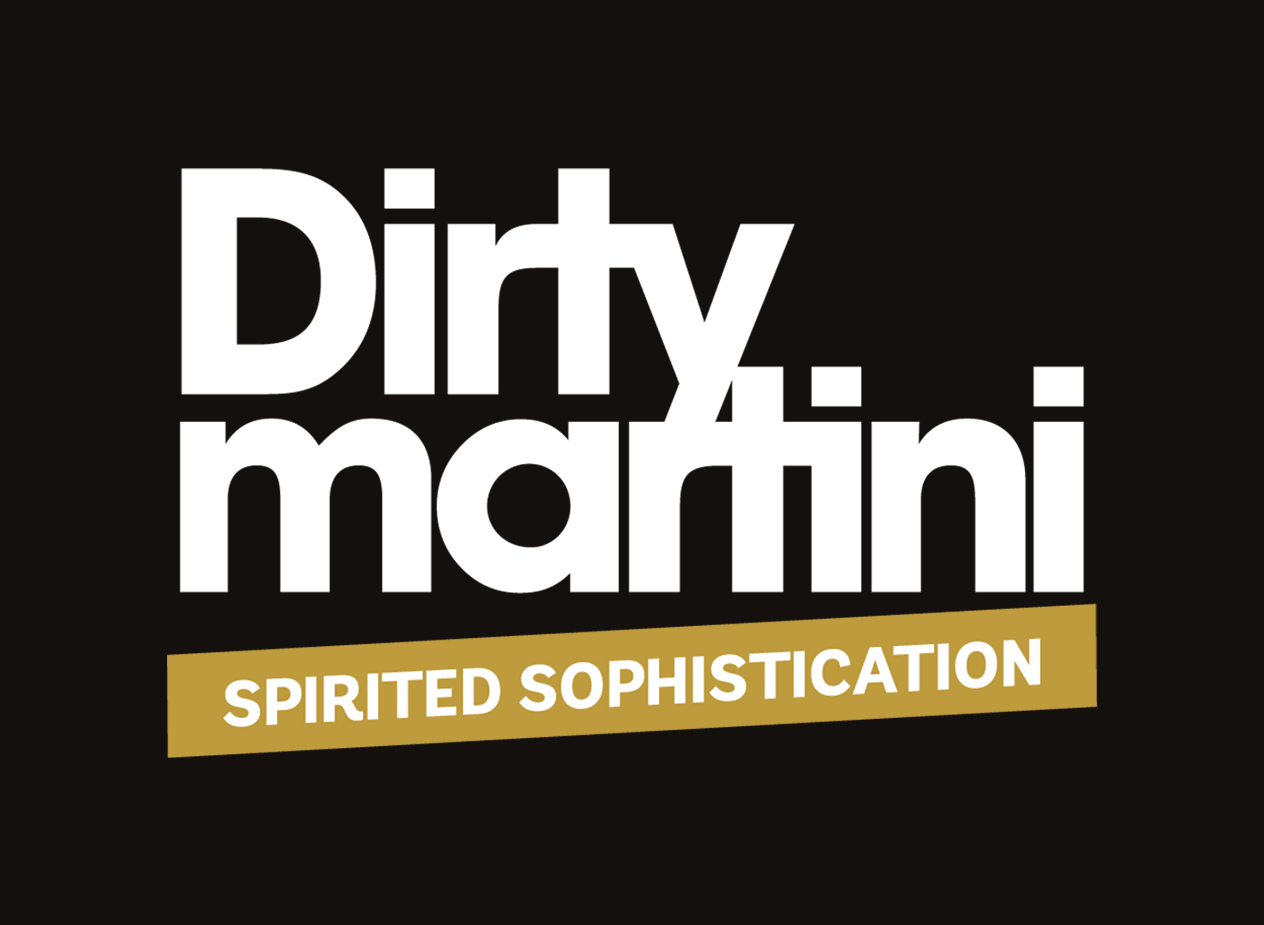Durable, versatile and aesthetically pleasing – it’s not surprising that ceramic tiles for floors and walls are popular.
But whether they are in your kitchen, bathroom or living area – proper maintenance is essential for ceramic tiles to continue looking and functioning as they should.
In this article, we outline some best practices for maintaining ceramic tiles.
Daily cleaning essentials
Ceramic tiles need daily maintenance. This involves simple tasks that prevent buildup and maintain the tiles’ attractiveness.
Sweeping or vacuuming regularly will remove debris and loose dirt that can scratch tile surfaces. Use a soft-bristled broom or a vacuum with a hard floor setting to prevent damage.
Wipe up spills immediately to prevent staining, especially in kitchen areas where acidic substances like tomato sauce or lemon juice can etch into the tile surface.
A dry microfiber mop is excellent for quick cleanups. This tool effectively captures dust and small particles without scratching the surface or disturbing grout lines. Keep doormats at entrances to minimise the amount of dirt tracked onto tiled surfaces.
Weekly cleaning
More thorough cleaning on a weekly basis will complement the daily maintenance routine described above.
Use a damp mop with warm water and a pH-neutral cleaner. This kind of cleaner won’t damage either the tile finish or grout, unlike harsh alkaline cleaners that can gradually erode grout and acidic solutions that may etch glazed surfaces. You should dilute according to manufacturer instructions – and remember, stronger isn’t necessarily better when it comes to ceramic tile care.
Avoid using excess water, as this can seep into grout lines and potentially cause damage underneath the tiles.
You could use the two-bucket method; with one bucket containing the cleaning solution and another with clean water for rinsing the mop. This prevents spreading dirty water across your clean floor.
Pay extra attention to high-traffic areas that will accumulate more dirt – these may need a second clean. These may include floors in front of the sink, refrigerator or stove. The same applies to bathroom areas near toilets and showers.
Addressing common stains
Different stains require different approaches. The aim is always to effectively remove them without damaging your ceramic tiles.
For food and beverage stains, create a paste with water and baking soda, apply the paste to the stain, let it sit for 15 minutes, then softly scrub with a gentle brush before rinsing. Grease marks can be treated by applying a small amount of dish soap directly to the stain, letting it sit for 5 minutes to break down oils, then scrubbing and rinsing thoroughly.
For rust stains, commercial rust removers formulated for ceramic surfaces work best. Follow product instructions carefully and always rinse thoroughly.
Maintaining grout lines
Grout maintenance is crucial. Deteriorating grout can lead to loose tiles and water damage.
Seal grout lines annually using a quality penetrating sealer. This will prevent moisture absorption and staining, and is especially important in wet areas like bathrooms and shower enclosures.
Clean grout lines quarterly using a soft brush and specialised grout cleaner. For stubborn stains, create a paste with baking soda and water, and apply it to the grout lines. Let this solution sit for 15 minutes, before scrubbing gently and rinsing.
Inspect grout regularly for cracks or deterioration. Address any issues by repairing or replacing damaged grout to prevent moisture penetration.
What to avoid
There are certain practices that can damage ceramic tiles and should be avoided.
Never use abrasive cleaners or scrubbers like steel wool or scouring powders – these can scratch and dull tile surfaces.
Acidic cleaners including vinegar should be avoided on certain types of ceramic tiles, particularly those with special glazes or finishes. New cleaners should always be tested on a low-risk area first.
Don’t allow standing water to remain on tile surfaces. This could seep into grout and potentially cause issues with the subfloor. Oil-based products can make tiles slippery and attract more dirt, so should always be avoided, and high pressure-steam cleaners can also damage grout and loosen tiles.
That’s a wrap on this guide to ceramic tile maintenance. With simple, regular cleaning and periodical deeper cleans, with the right products, you can keep your custom ceramic tiles looking as pristine as the day you bought them.





















